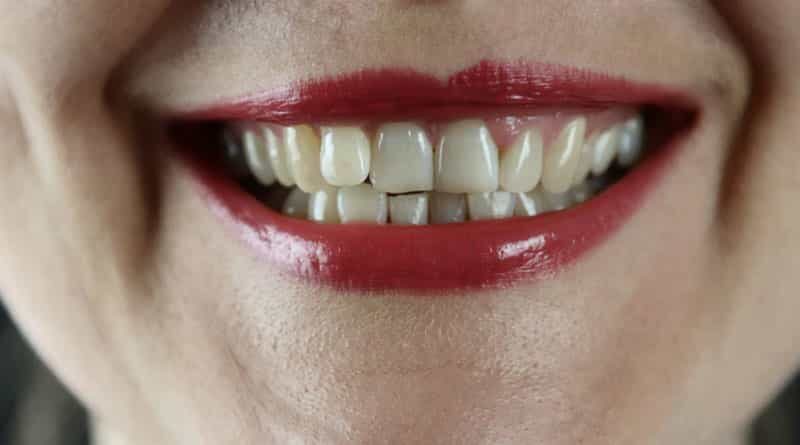4 Popular Teeth Whitening Methods and Their Risks
Have your pearly whites lost their radiance because of dirty gray or yellow stains? Age, as well as some foods, drinks, and even mouthwashes can make enamel yellowish. There are a variety of ways to whiten teeth, whether at the dentist or in the bathroom of your own home. Here’s a list of the options for teeth whitening methods along with their risks.
Table of Contents
Teeth Whitening Methods and Risks
1. Whitening Toothpaste
The name “whitening toothpaste” is a bit deceptive. It can only slightly lighten your teeth by eliminating stains but it doesn’t whiten the enamel itself. Such whitening toothpaste is also more abrasive than the regular ones.
In reality, all kinds of toothpaste actually remove some surface stains but whitening toothpaste are a little more effective at this due to their abrasiveness. Whitening toothpaste can remove staining on your teeth but cannot change their internal color.
Charcoal toothpaste is also a great option to get rid of surface stains(1). They can also be used long-term if they’re manufactured according to the low abrasivity scale.
Risks:
Due to their abrasivity, whitening toothpaste may provoke sensitivity and gum recession. In order to avoid severe oral conditions, you should carefully use such kinds of toothpaste, with proper technique, while regularly checking in with your dentist to be sure you’re not committing any lasting damage.
Most whitening toothpaste contains hydrogen peroxide to stimulate whitening, which can increase the risk of oral cancer.
The high abrasivity of whitening toothpaste increases the probability of small abrasions on the teeth surface which creates a favorable environment for bacteria and increases the risk of cavities over time.
Read: Home Remedies for- Oral Health
2. Teeth Whitening at the Dentist Office
If you decide to whiten your teeth at the dentist’s office, you will be forced to undergo a few 30-60 minute-long sessions. During each session, a high concentration of peroxide gel will be applied to your teeth. After the gel is applied, a polymerization light will be used to harden the gel. The doctor will reapply it several times over the session.
Some dentists will finish the procedure with UV light to boost the chemical reaction and the teeth whitening process. The dentist may also offer to do one 2-hour session, which always includes UV light.
Risks:
Using peroxide and accelerating its effect with UV rays damages the tooth. This can provoke premature aging and may require future dental work if the tooth dies prematurely.
Clinical trials using the UV light doesn’t give better whitening results when high concentrations of peroxide are used in professional whitening. Light treatment results in increased teeth sensitivity and the whole effectiveness of the procedure rebound quickly.
Read: Worst Foods for Teeth
3. Whitening Strips
Whitening strips are pieces of a flexible plastic called polyethylene(2). Each strip is covered with a whitening gel containing hydrogen peroxide or carbamide peroxide.
Each strip should be placed around the teeth, one for the lower jaw and one for the upper. This provides a tight fit between teeth and strips while peroxide seeps into the teeth to lighten them.
Risks:
When whitening strips touch other live tissue along with free radical reactions the reactions that speed up the aging process may appear.
Whitestrips also tend to provide uneven results. Since strips are 2-D, they are difficult to whiten curves between teeth, which makes flat teeth surfaces look whiter while edges are yellowish. With crooked teeth, even results will be unreliable.
Read: Tea Tree Oil for Toothache
4. Baking Soda
A common home remedy for stain removal you may want to try is baking soda. While the results aren’t as clearly proven as many other methods, it’s totally non-toxic. Studies show that toothpaste with baking soda remove stains from teeth more effectively than other pastes. The result of such paste directly depends on the concentration of baking soda.
If you are looking for a toothpaste that contains baking soda, you may find it on the shelve of your kitchen. Just mix 2 teaspoons of water with a teaspoon of soda, then dip your brush in the mixture and start brushing teeth.
Risks:
Out of all teeth whitening methods, this is probably the one that is supported by the least evidence. The effect of its use will be minimal and less noticeable than other procedures. It also may slightly increase tooth sensitivity.
Recommed Articles:








